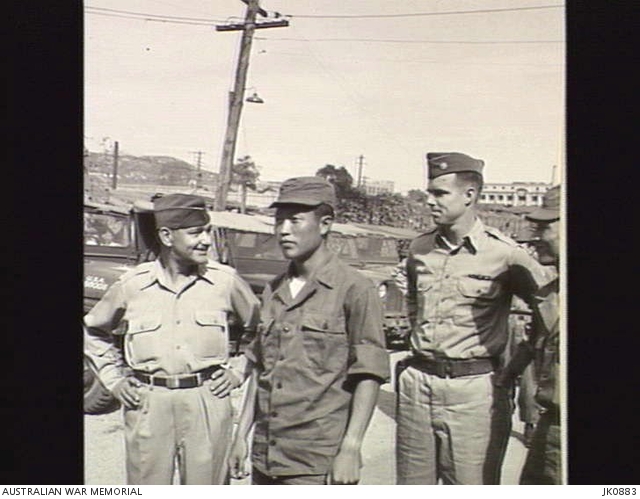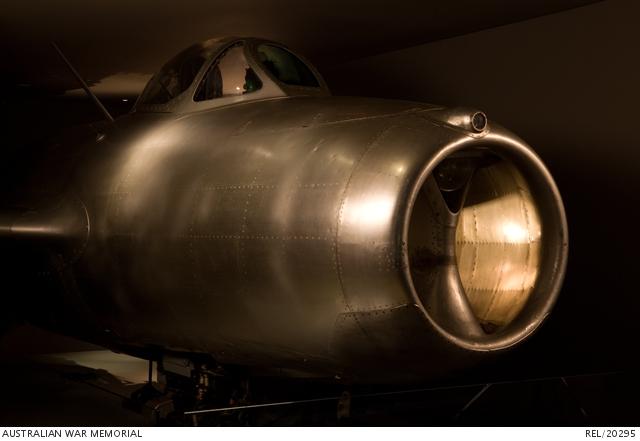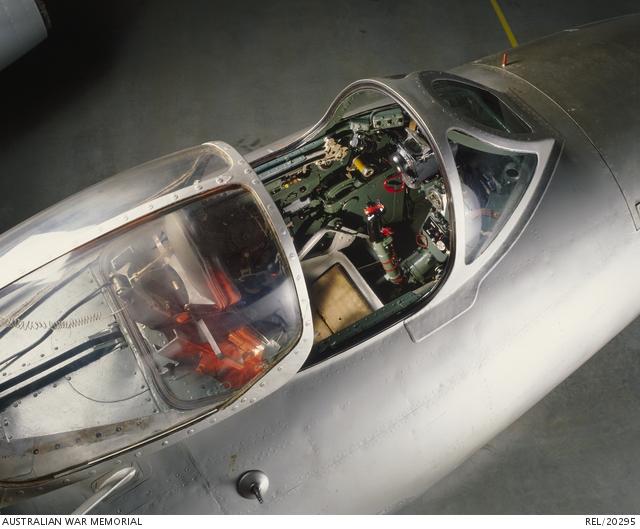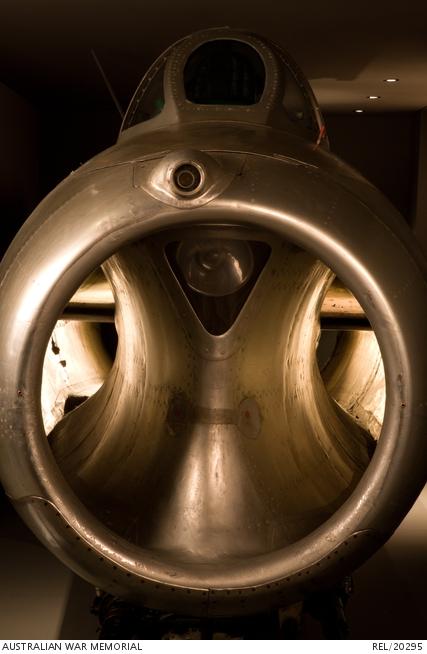On this day in 1953, to the amazement of the Americans and Australians stationed at Kimpo airfield in South Korea, a Russian built MiG-15bis jet fighter landed on their runway. Coming from the north – the opposite direction of the F-86 Sabre jets landing that day – the MiG wagged its wings and fired off coloured flares, demonstrating a distress signal to the gun batteries defending the airfield. As the Korean Armistice Agreement had recently been signed, defence at Kimpo was lax. The radar was off for routine maintenance and the airfield was buzzing with activity
Luck was on the pilot’s side; no one noticed the MiG until it almost collided with a Sabre landing from the other end of the runway. As the MiG pilot taxied between two parked Sabres, awaiting pilots jumped into their cockpits and had their guns aimed, fingers on their triggers.
Meanwhile No. 77 Squadron RAAF’s Gloster Meteors were scrambled to defend the airfield with the US 4th Fighter Wing. All other aircraft waiting to land were diverted to other airfields at Osan and Suwon. Kimpo airfield was either under attack or the enemy might pursue their errant defector and shoot his aircraft to bits on the ground.







